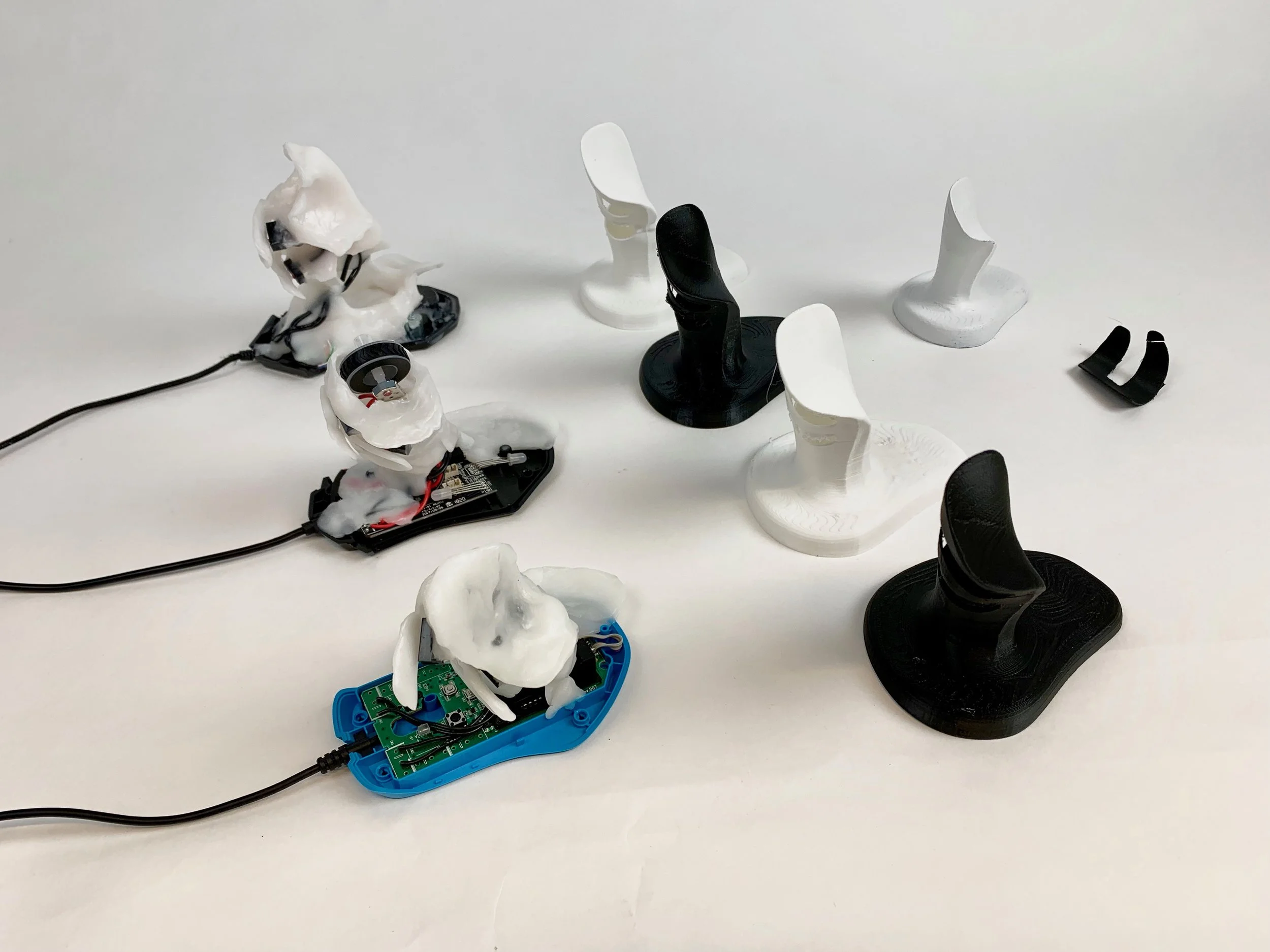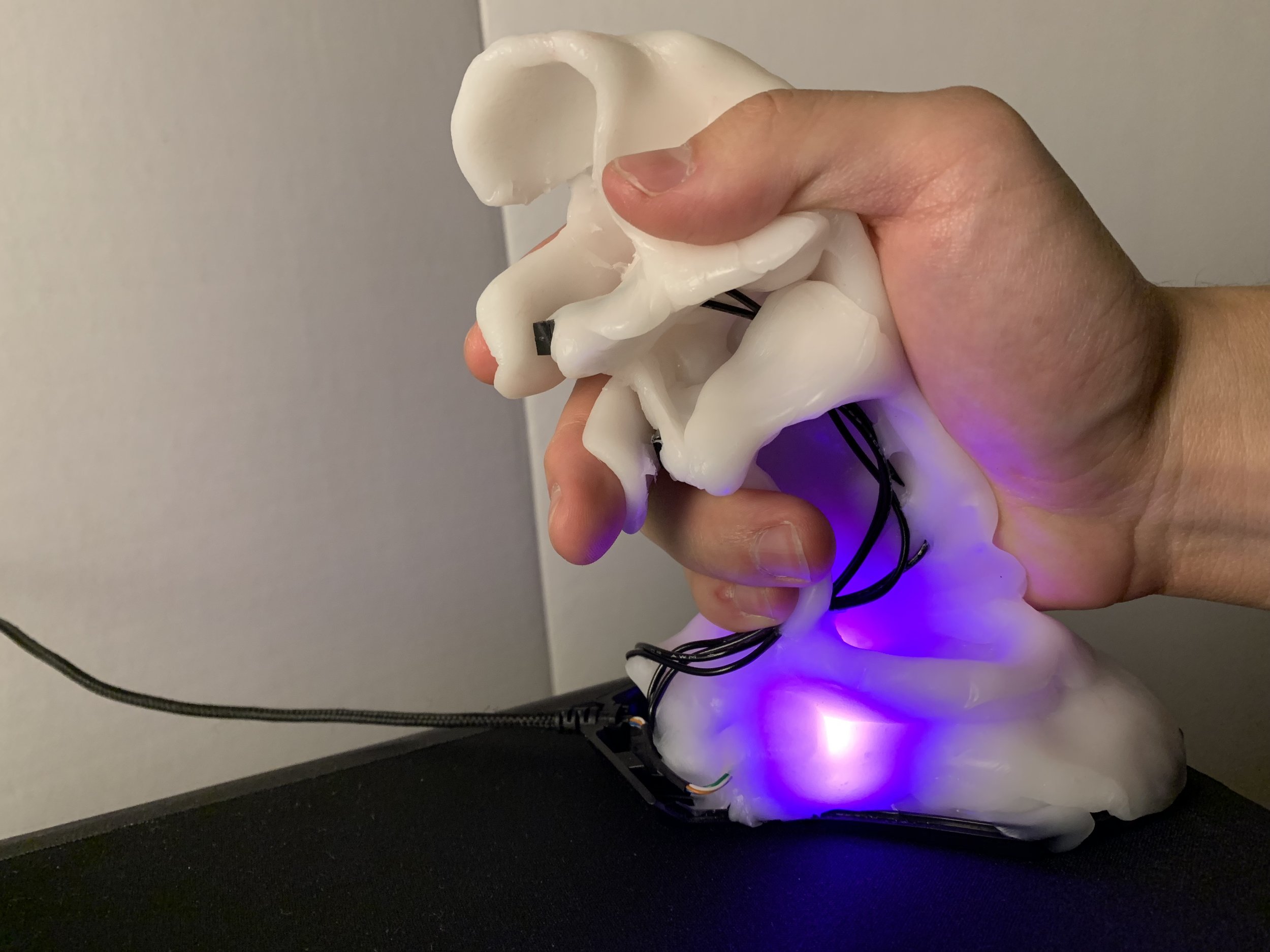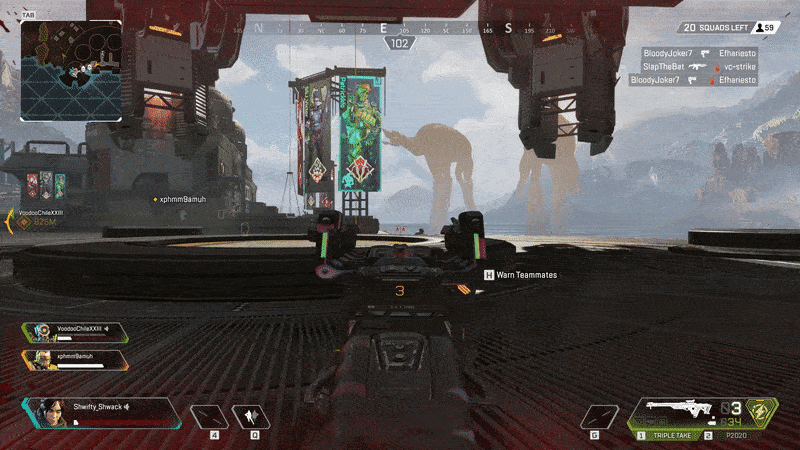This is Trigger.
Trigger started with a problem — a problem identified through months of user research, reaching over a thousand gamers from casual Overwatch players to professional eSports players from Cloud9 and Fnatic.
Note: Trigger is no longer an active project.
I will be publishing the design files open-source soon.
More than 1 in 5 gamers experience hand and wrist pain.
Image by rawpixel.com
First: the research
An overview of gamers’ pain points, and my design goals.
A literal pain point
These numbers should catch the attention of gaming mouse makers: among the over 1,200 PC gamers I surveyed (Oct, 2018), 13% reported wrist pain, and 19% reported hand pain associated with mouse use. That’s more than 1 in 5 gamers. How many of them are out there? 1.2 billion.
Today’s gaming mice are not ergonomic enough.
Ergonomics is king
When I asked what the most important driving factor of their decision to purchase a mouse is, gamers gave clear, quantifiable answers. The shape is the single most important factor. This held true from casual gamers all the way to competitive eSports pros.
This research informed my work.
lag-free wireless is the future
Let’s face it: nobody likes wires. The only reason gamers have traditionally avoided wireless mice is the compromise, namely lag and battery life. With new end-to-end wireless solutions squeezing out every millisecond of delay, we’ve now gotten to the point where CS:GO pros can win tournaments with their wireless mice.
For my project, I’ll assume this can be figured out.
Price: $79 - $100
Trigger wasn’t a just product design project for me. It was an entrepreneurial project: it must be a great product, as well as a great business.
No product design is realistic without a cost constraint. At small scales, hardware is incredibly expensive to manufacture. Hence, having a premium yet accessible price to over 1/4 of my target PC gamers is a goal from the get-go.
In short, I’m creating a truly ergonomic gaming mouse.
Prototyping
(Hot. Hot, hot, hot!)
Prototyping an ergonomic HID
No experience. No problem.
Once I had the problem clearly defined, it was time to explore the solution space. How can I build a Human Input Device (HID) that captures the gamer’s intent in an intuitive, pain-free way, while maintaining game compatibility?
Putting what I had learned from class and years of product creation into practice, I followed the principles of design thinking and systematic creativity methods to explore a wide range of possible solutions.
Rogers’ Five Factors, Kano model, biomimicry, De Bono concept fan, TRIZ, SCAMmPERr, false facts… The process started with weeks of wild yet methodic imagination and crude prototypes. The goal was to answer key questions as quickly and cheaply as possible. Hence, countless models made of cardboard, clay, wires and tape were created and tested on a range of subjects to gather feedback.
As I iterated through the tests, the concept started to take shape: a gaming mouse with a slanted vertical grip that can reduce hand and wrist pain, and has an intuitive grip for the most popular game genre today: FPS.
Trigger is born.
Your trigger finger is the left click of the mouse, which also pulls the trigger in-game.
It feels fantastic in the hand, but will it allow you to 360 no scope? Does the mouse help you win in competitive shooter games?
Hand-made functional prototypes
Organic, vegan, cage-free, etc.
Battle-tested. Headshot-ready.
After days spent hand-molding hot moldable plastic parts, soldering and modifying circuits, I started my months of testing of the first functional prototypes of Trigger.
Double headshot — Mom, get the camera!
In fact, the results were so good that people started asking me when they can get their prototype to test. I needed something accurate and repeatable.
So, it's time to learn 3D modeling and additive manufacturing!
3D printed prototypes
Sign up for updates below
In 3 months, I went from not knowing how to 3D model a box to working with complex, smooth T-spline ergonomic forms, from not knowing the term “additive manufacturing” to building my own 3D printer for rapid iterations.
Thank you for your feedback so far
I learned a lot from this project, including direct feedback from our early testers. The project is no longer active as I took on new career opportunities in software, but I’ll be sharing everything I’ve learned and designed open-source for anyone who wants to continue developing it.
If you have other ideas or just want to connect with a builder, send me a note!


































